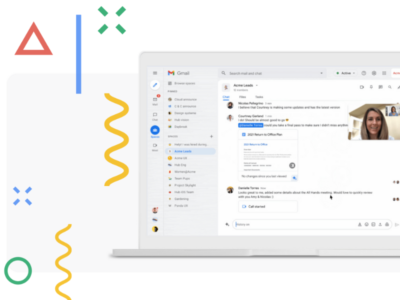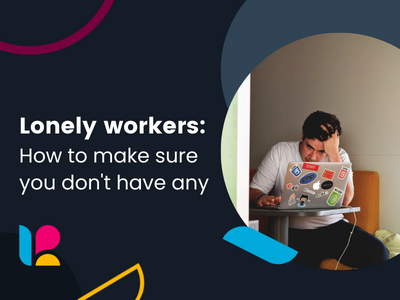It has now been around three years since the pandemic fundamentally changed the world of work in many sectors and industries. And as it turns out, this trend towards greater flexibility is apparently here to stay. This is proven by the figures of the Atlassian report “State of Teams” from 2022: 22 percent of the surveyed teams work completely remotely, 35 percent work completely in the shared office again, 43 percent follow hybrid models. Around two-thirds of all teams have thus abandoned the traditional approach, with the high proportion of hybrid teams being particularly striking. This raises some interesting questions about the future of work, and “State of Teams” gives us some figures in this regard.
Remote Work and Distributed Teams: 4 Insights into the Future of Flexible Work









